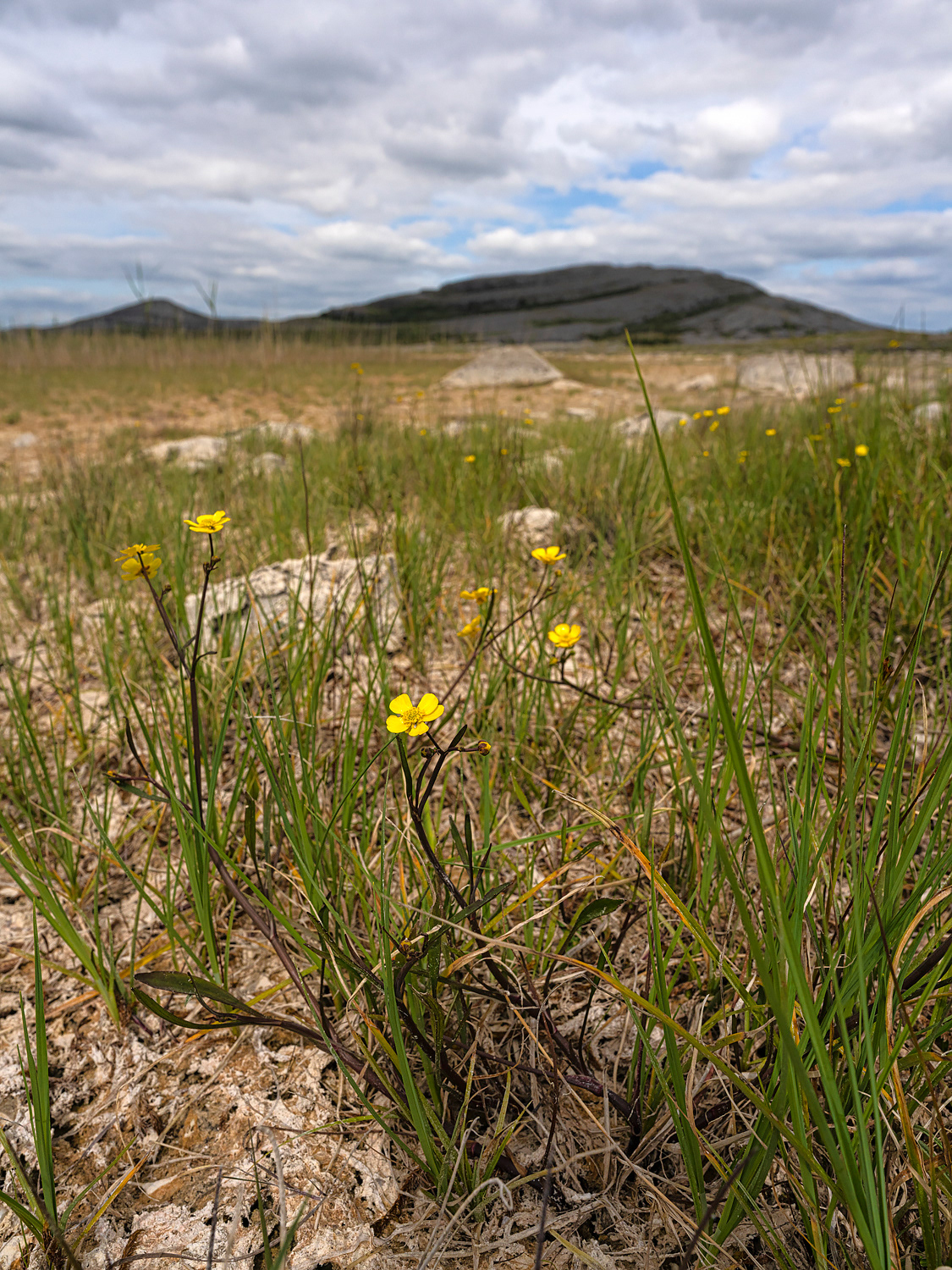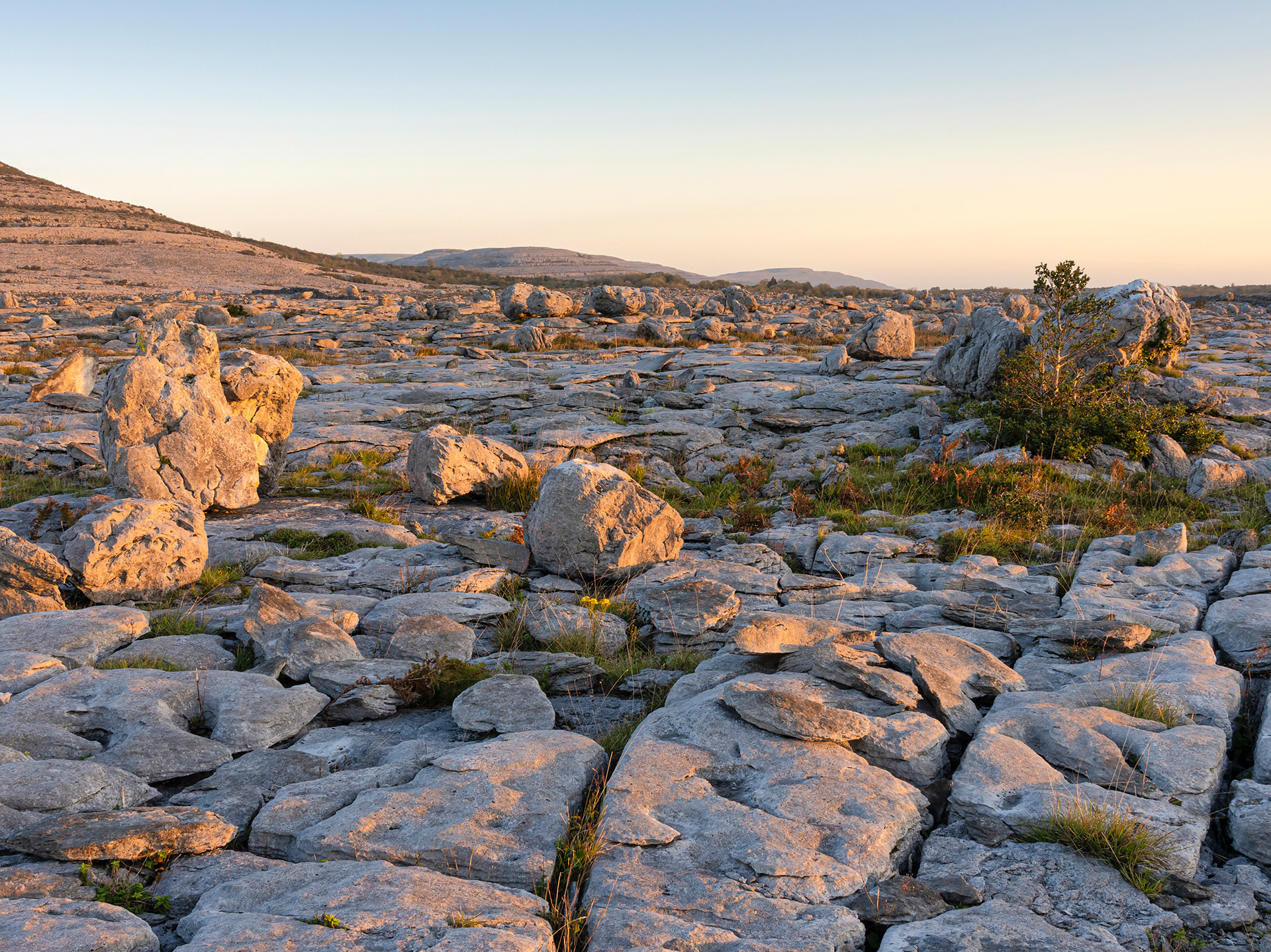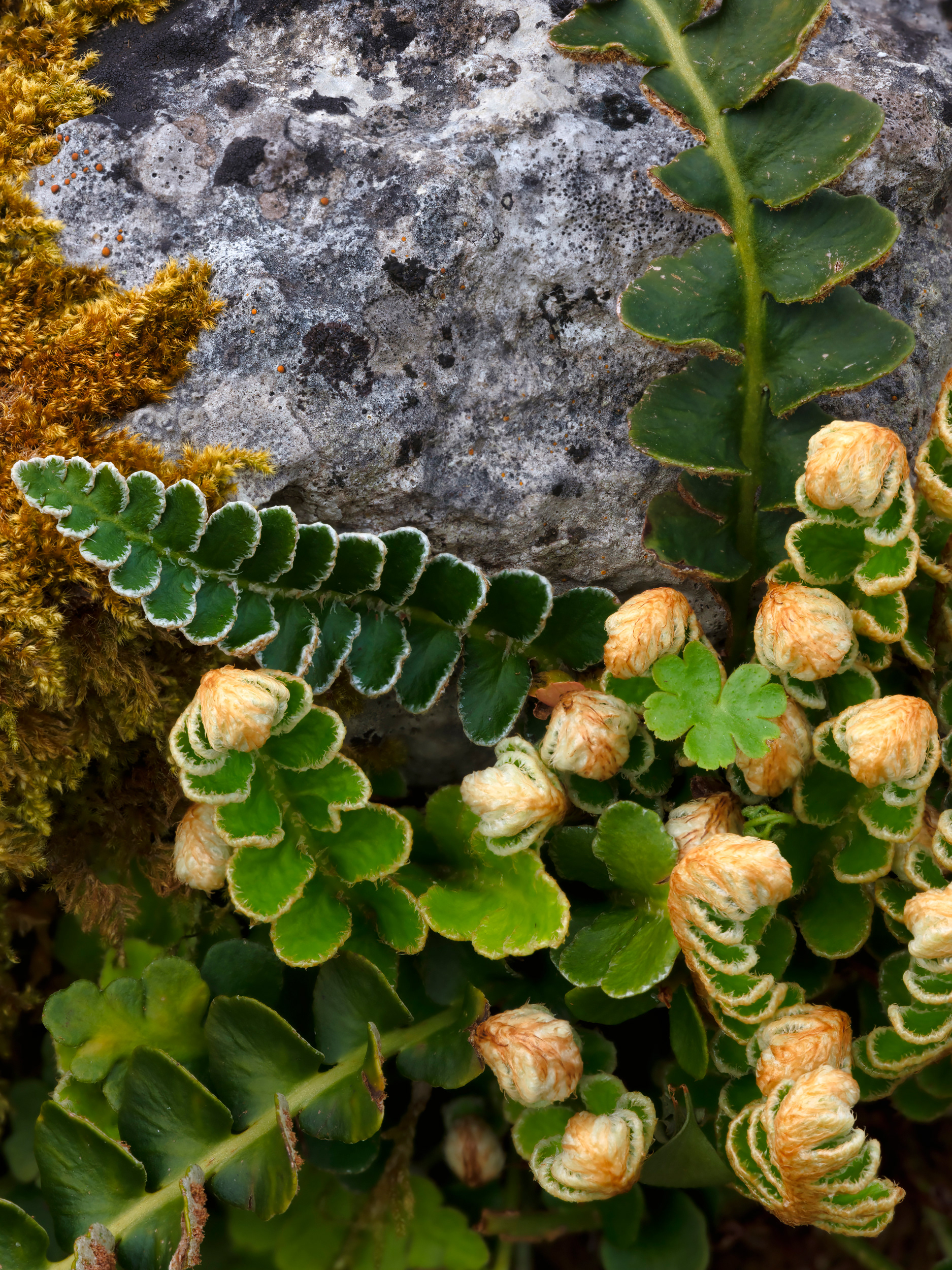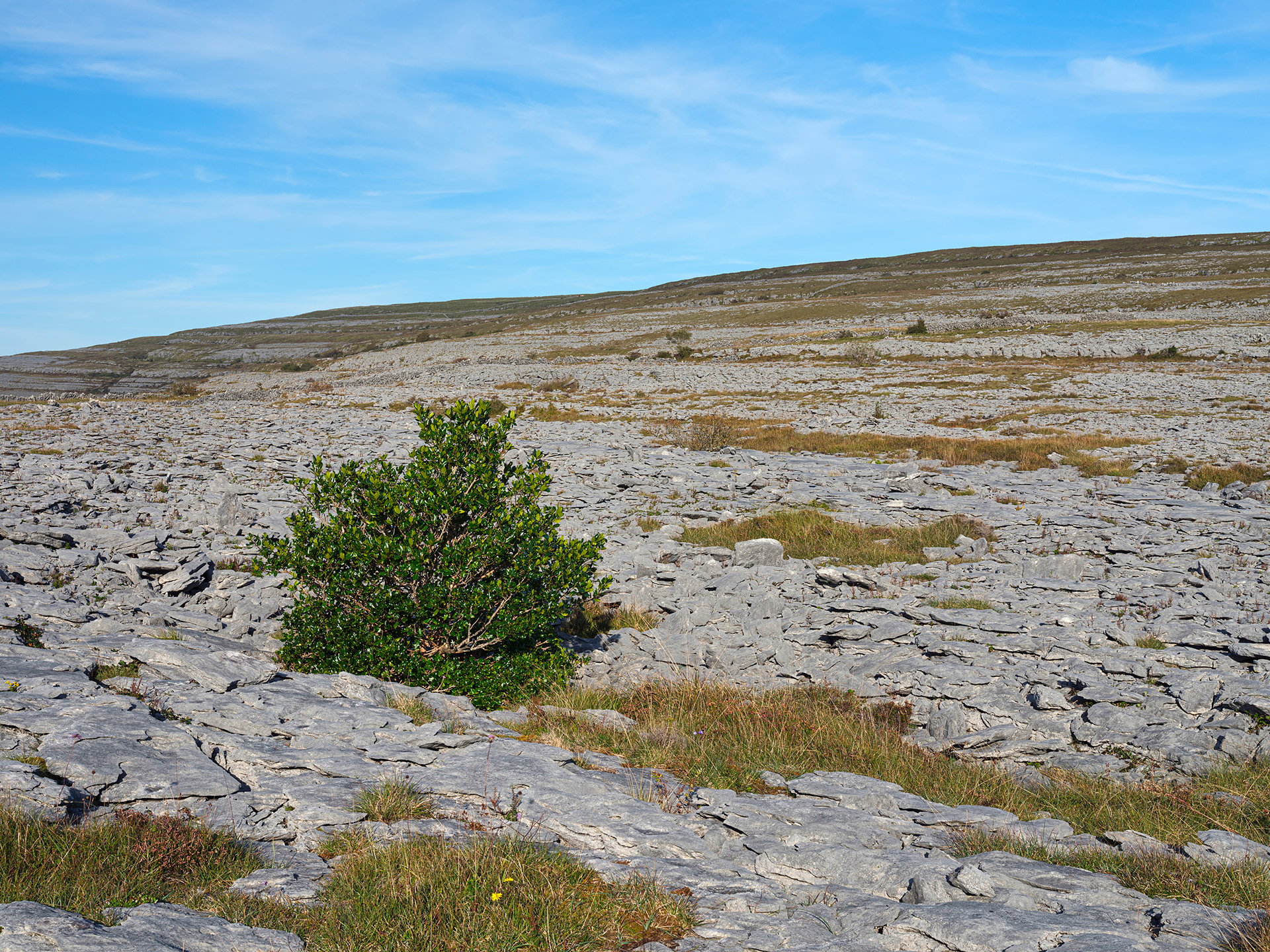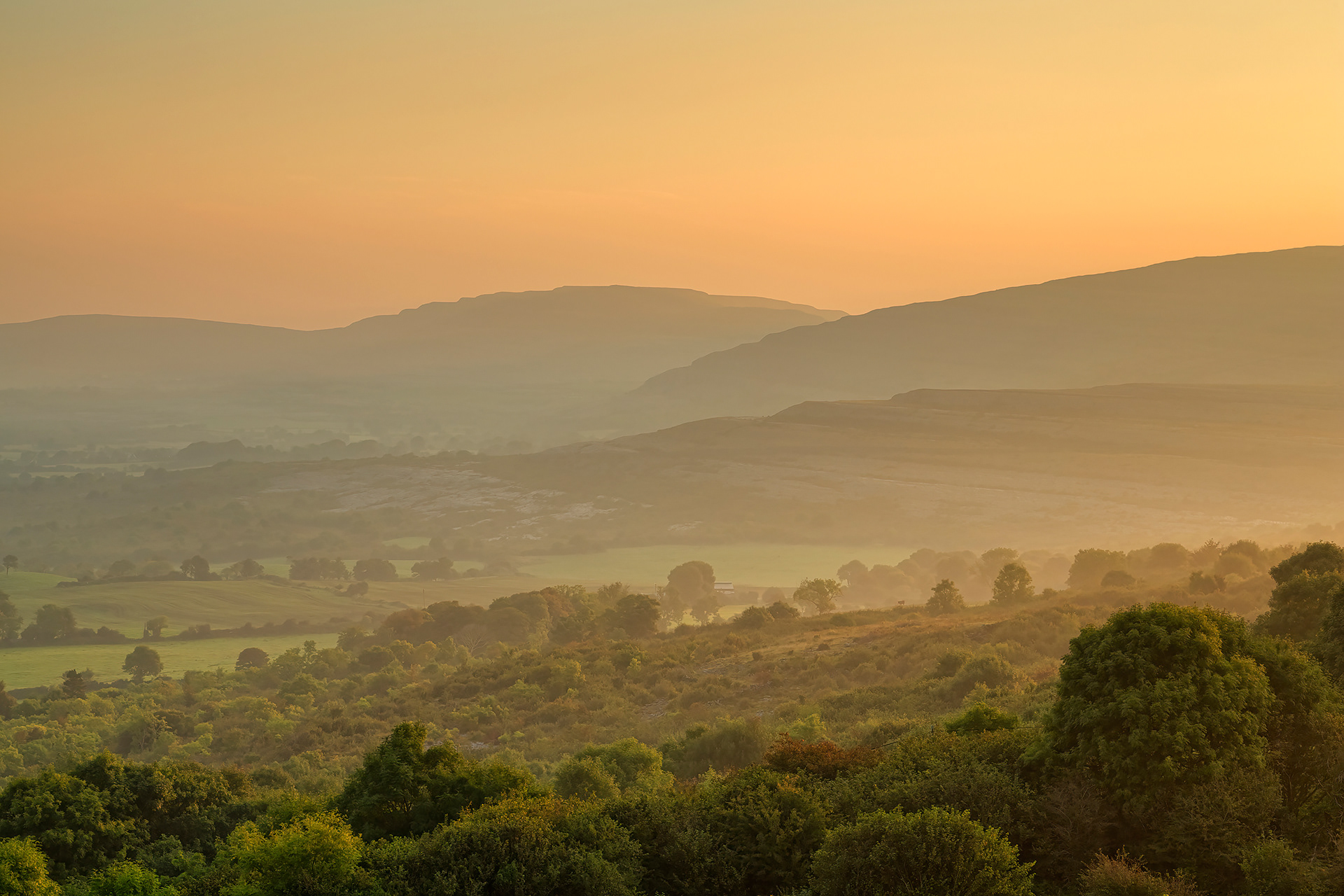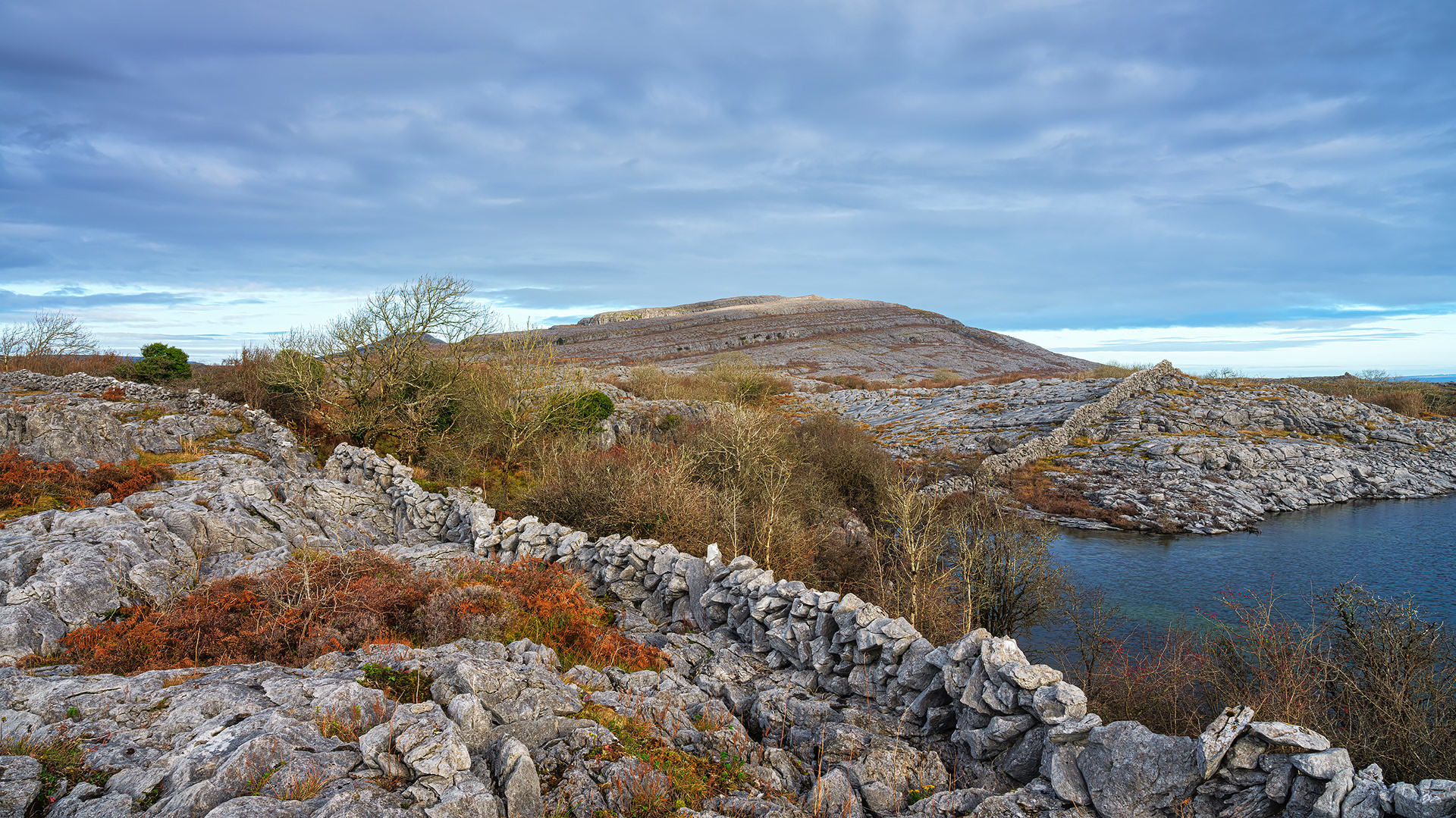
Doolin

Wild garlic

Flooded hazel forest

Mullagh More

Lough Bunny

Turlough shore

Hazel forest

Lesser Spearwort

Leamenagh Castle

Fly orchid

Lough Gealain

Moss on hazel

Rine Peninsula

Rockforest

Mountain avens

Bee orchid

Burren meadow

Hazel forest

Wood anemone

Rusty back fern

Lesser horseshoe bats

Whooper swans

Common frog

Common blue damselfly

Cappanawalla

Turlough dandelion

Irish Saxifrage

Tutsan

Bloody cranesbill & O'Kelly's spotted orchid

Early purple orchid

Mullagh More

Flooded hazel forest

Lough Bunny

Burren uplands

Rockforest

Fahee North

Fahee North

Fermoyle Cottage

Bishop's Quarter

Ballyvaughan Bay

Gleninagh

Hazel forest

Kinvara Wind Mill

Dysert O'Dea

Termon

Mullagh More

Poulawack Cairn

Corkscrew Hill

Oughtmama

Lough Muckanagh

Eagle's Rock

Keelhilla

Burren National Park

Abbey Hill

Castletown

Aughinish

Caher Valley

Hay & Mist, Kilfenora

Burren National Park

Dark-red helleborine







